For nearly eight decades, the Myanmar dream has been a federal union that ensures equal rights for its scores of ethnic minorities. Federalism is a form of government where states hold significant power, thus allowing the country’s ethnic minorities an important level of self-governance that a top-down, central government typically can’t support.
Repeated military coups, justified by the perceived threat of national disintegration, have long ensured federalism remains a dream. But with the country’s ethnic minorities working together as never before to push back at the ruling military junta, many wonder if this time could be different. Radio Free Asia spoke with policy makers and analysts, with soldiers and advisers to learn more about the prospects for a government that is truly by the people and for the people.
Fight for federalism
In the wake of the Feb. 2021 coup, young people from diverse backgrounds began mobilizing in large numbers, taking up arms to fight the junta. While the immediate focus was to subdue an undemocratic force that had seized power from the democratically elected civilian government, many soldiers told RFA they were fighting for federalism.
Among them, Barli, a 25-year-old member of the People’s Defense Force, holds a steadfast belief in federalism.
“Our efforts are not driven by speculation on whether federalism will materialize. We are committed to establishing a federal government, and we believe that federalism will inevitably prevail. We are fighting for the federation,” he said.
Captain Saw Kaw, a 37-year-old commander of the Cobra Column, under the Karen National Union, or KNU, is also confident that a federal union will inevitably be established.
“When the military council collapses, it is essential that all ethnic brothers and sisters live together in harmony and happiness in this country. This is why I firmly believe that a federal union must be established.”
Major Da Baw, a 32-year-old leader who commands three columns: The Cobra, The Black Panther, and Venom, has committed to continuing the fight for the establishment of a future federal union for the benefit of the people.
“We must continue to serve for the benefit of people. Our hope is to build a strong federal union that will foster the development of this country and enable its citizens to live in peace.”
Composed of a number of members of the former civilian government, the National Unity Government, or NUG, has been serving as a government in exile since the coup.
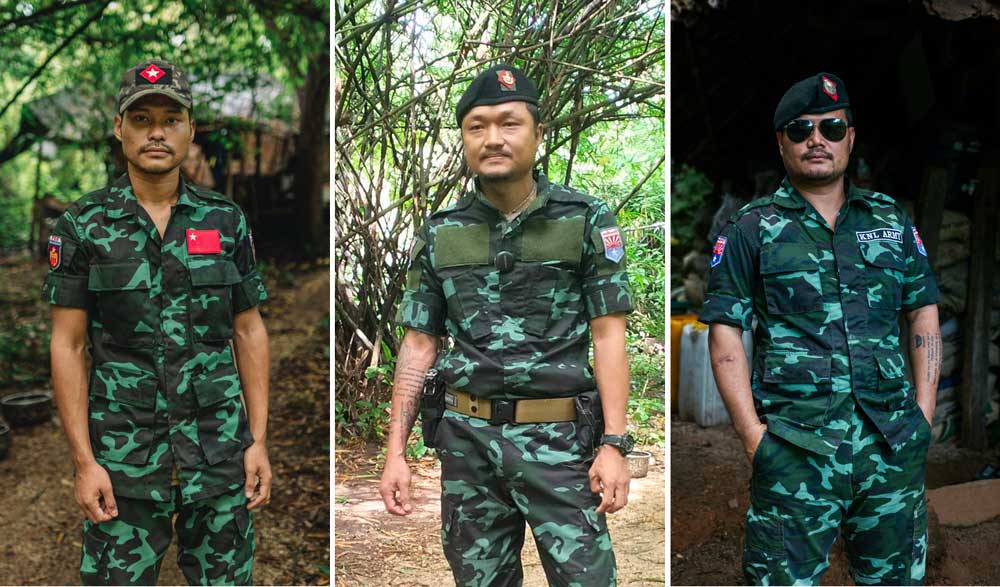
On March 31, 2021, less than two months after the coup, the Committee Representing Pyidaungsu Hluttaw, the leading body of the NUG, issued the Federal Democracy Charter. This document systematically outlines the direction, goals, process steps, and transitional measures. And while efforts are ongoing to implement these provisions in practice, the near-immediate issuance of such a charter underscored the NUG’s commitment to federalism.
Their armed wing, the People’s Defense Force, or PDF, meanwhile declared a “people’s defensive war” against the junta on Sept. 7, 2021. Since then, the PDF has been engaged in combat against the coup army, often working in close collaboration with various ethnic armed groups.
Apart from the majority Bamar ethnicity, Myanmar is home to seven major ethnic groups: Kachin, Kayah, Karen, Chin, Mon, Rakhine, and Shan. Prior to the military coup, there were 18 armed forces in the country. Some of these groups are negotiating peace with the military council, while others have joined a resistance movement. These armed groups vary in size from a few hundred to over fifty thousand members. Since the coup, meanwhile, over 300 PDF units have been established nationwide.
That level of collaboration has resulted in significant battlefield successes.
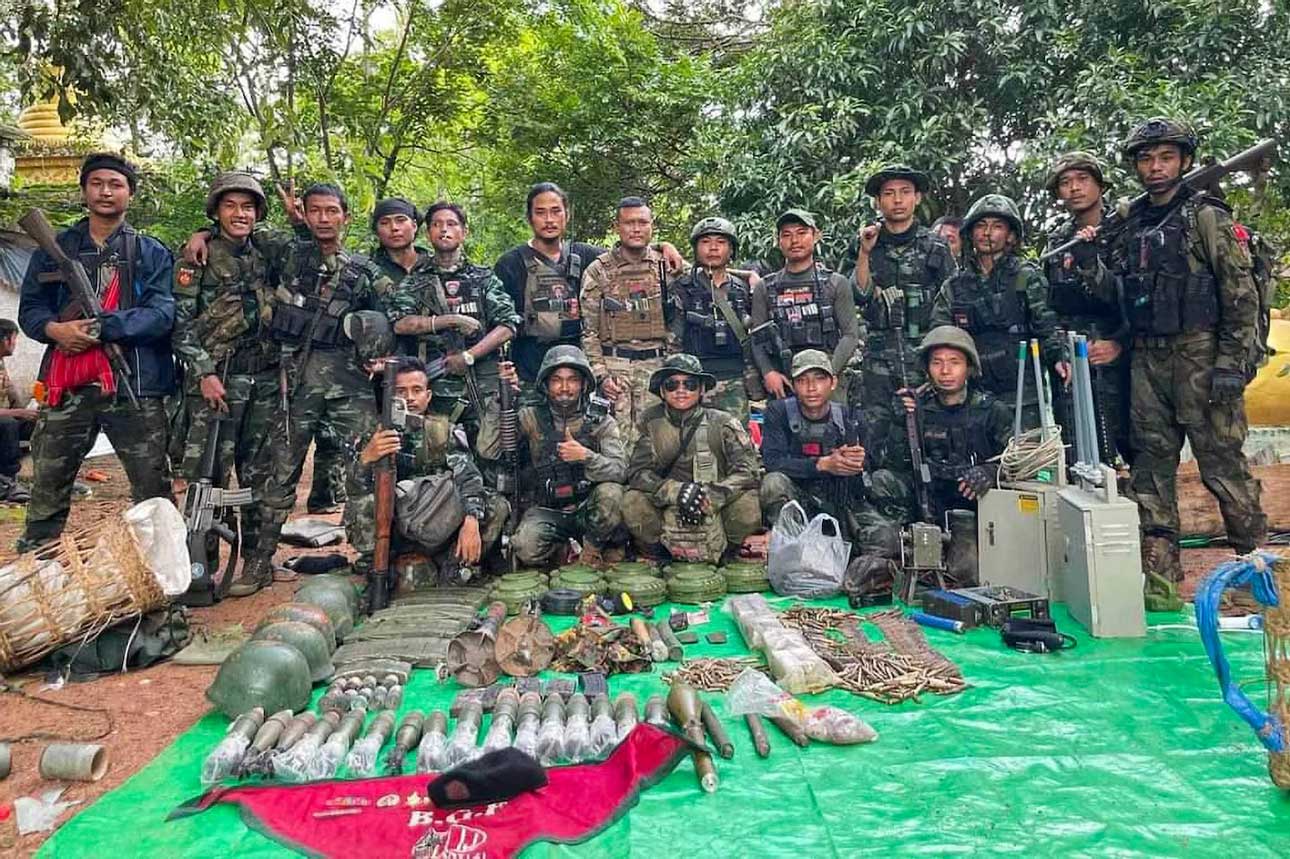
According to the Institute for Strategy and Policy about 74 townships have been seized by anti-junta forces since the coup began. In northern Shan state, the joint Operation 1027 managed to seize 60 percent of the region’s townships.
These successes lend credence to the idea that all parties may indeed manage to create a federal system post-war, said Zachary Abuza, a professor of Southeast Asian politics and security at the National War College in Washington, D.C.
“This won’t be easy to achieve, but the promise is what’s made the concerted effort in a half year war against the military junta possible. And they have seen tremendous battlefield successes,” he said. “So, it’s within reach.”
Laying the groundwork
As young people risk their lives in combat, the NUG and a range of ethnic leaders are actively engaged in discussion about the formation of a federal union following the conclusion of the war.
Currently engaged in discussion with the NUG are the KNU, Karenni National Progressive Party, Kachin Independence Organization, and Chin National Front — known as K3C — and Ta’ang National Liberation Army, along with a number of smaller ethnic groups, political parties, civil society organizations, and democracy activists.
Min Zayar Oo, NUG deputy finance minister, said preliminary agreements outlining military and political co-operations have been reached with various ethnic groups.
“On the other hand, we are striving to achieve political agreements, particularly concerning the Federal Democracy Charter and the establishment of a robust federal system. We have secured agreements to advance these objectives.”
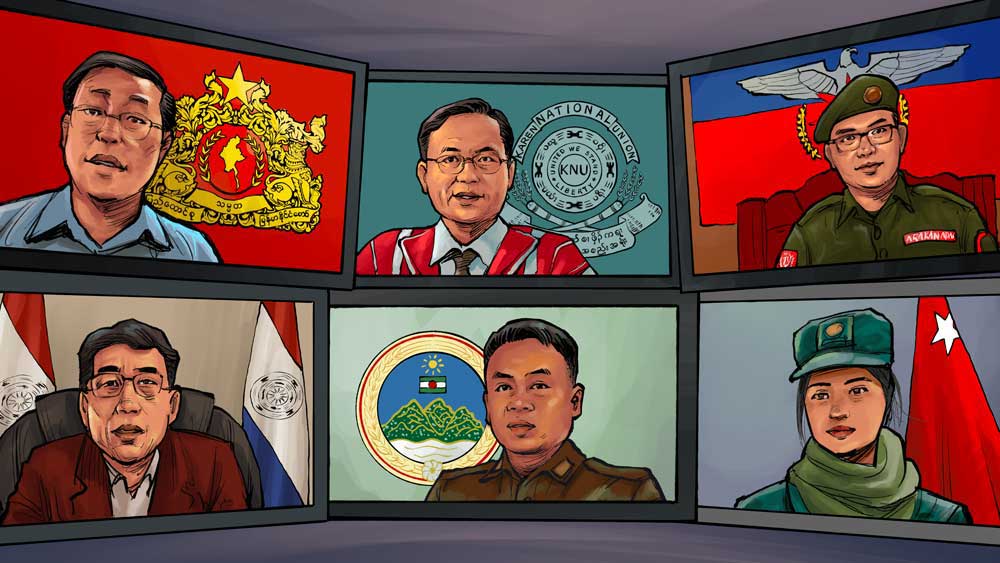
These discussions take place online and in secret meetings in Mae Sot, where representatives of many parties now live — although a number of them remain undocumented. Among the chief points of disagreement are how to roll out a federal system, with the NUG wanting to build a “top-down” centralized government while the ethnic leaders want a completely fresh “bottom-up” system where the power comes from the state level and controls the central government, according to the KNU spokesperson, Padoh Saw Taw Nee and the chairman of Karenni Excecutive Council, Khu Oo Reh.
Priscilla Clapp, a senior advisor to the U.S. Institute of Peace, says the negotiations have clearly been advancing.
“I would say that federalism is growing right now in the country from the ground up, from the grassroots, and that’s a healthy process. It’s not being imposed from the top.”
Diverse opinions
Realizing the federal dream in Myanmar, a nation with 135 ethnic groups including the Bamar, is undeniably challenging after more than 70 years of aspiration.
Negotiations reached a settlement in early 2021 following the coup, but there has been little progress since then, said Thomas Kean, senior consultant on Myanmar for the International Crisis Group.
“Discussions about the potential structure of a future federal union are ongoing, but they face significant challenges,” he said. “Mutual distrust has hindered detailed negotiations, and in some cases, it appears that progress has regressed.”
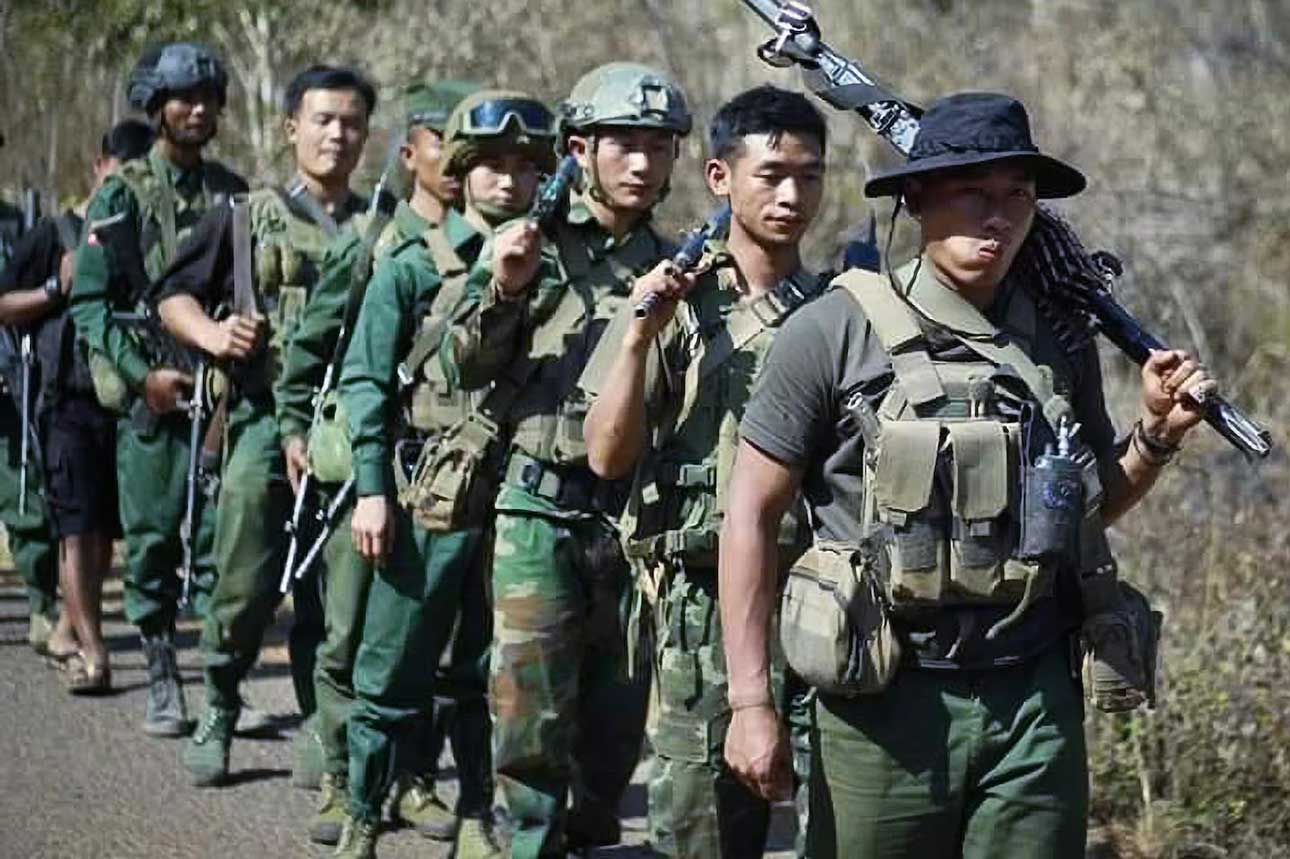
According to KNU spokesperson Padoh Saw Taw Nee, differences of opinion have emerged from the very beginning.
“We face challenges with that division of power because extensive top-down centralization has led to hesitations when discussing power sharing. It cannot be resolved in such a manner. To establish a true federal government, we must address and negotiate power-sharing arrangements,” he explained.
Lway Yay Oo, spokesperson for the The Ta’ang National Liberation Army, which now occupies a number of cities in Shan state where they have begun establishing self-government, said that the TNLA supports a federal system with weak central control.
“In the context of a federal union, it must ensure true federalism, guaranteeing full self-governance and self-determination. The system should feature a weak central control or mechanisms to limit the central government’s power in favor of the federal states,” she explained.
Aung Myo, a political and military analyst and former military officer, said that the federalism efforts undertaken by the NUG and the ethnic armed groups remain unsubstantiated and have yet to reach any agreement. The military, meanwhile, is unlikely to conduct elections while retaining power.
Ethnic leaders, he insisted, “actually want the confederacy. Even if we offer them federalism, they are unlikely to accept it, leading to continued disputes,” he said, pointing to the 2008 constitution — created under military rule — which allows for a form of federalism in the form of all states having full power in the education and health care sectors. At the time of the constitution’s promulgation, many ethnic leaders fought against it.
Scot Marciel, a Myanmar analyst and former U.S. ambassador for Myanmar, said the process will doubtless be slow given the complex dynamics at play between many of the negotiating parties.
“As for the process of getting there, it’s difficult because you have a lot of different groups with different interests. And as you suggested you have decades of mistrust and sometimes conflict, not only with the military, but even sometimes among the different ethnic groups. So that’s not surprising. It’s not that distrust or mistrust won’t just disappear overnight.”
Unification at last?
Those working to build a genuine federal government, hope there will be a thoughtful distribution of power at the state and district levels, as well as significant efforts to protect the rights of small ethnic groups in minority areas.
But in some regions, there is scant likelihood of even bringing players to the table.
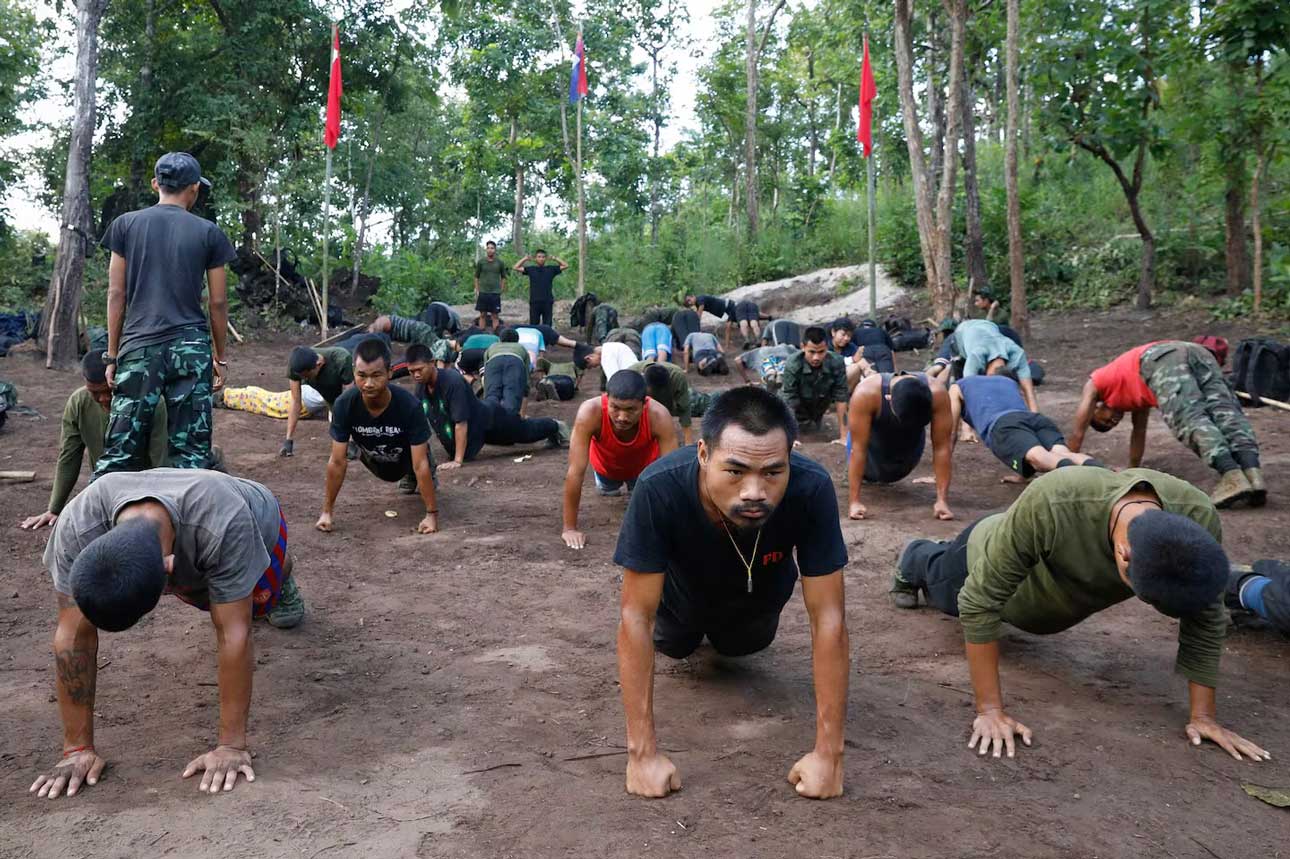
Thomas Kean of the International Crisis Group said that convincing groups such as the United Wa State Army, which already has full autonomy in Wa state, and the Arakan Army, which has achieved significant success in current ground fighting in Rakhine state, to join the federation will be challenging.
“One of the major challenges is encouraging ethnic armed groups to participate in federal governance. These groups already possess a degree of autonomy, and joining the federation would require them to relinquish their current power and administration, which they have secured through ground battles,” he said.
Bringing armies together as a unified force — something the NUG has put in its Federal Democracy Charter — will also prove challenging.
Tin Lin Aung, a former military officer and participant in the civil disobedience movement against the junta, admitted that achieving the unification of all these forces will pose a significant challenge even if a federal union is established after the war.
“The establishment of a federal army is highly unlikely,” he said. “As someone with a military background, I am focused on examining the military aspects, and I maintain that the creation of a federal army is improbable.”
Focus on the future
Over the course of more than three years of military coup, there have been 14,758 battles in seven KNU-controlled areas alone. According to Saw Thaw Moe Eh, the second-in-command of the KNU’s Central Information Department, at least 454 KNU/KNLA soldiers have been killed and 1,500 injured.
In Karenni areas, there have been 1165 battles resulting in at least 578 deaths of allied fighters, according to data from the Progressive Karenni People Force. Although NUG leaders have acknowledged significant casualties among PDFs, they have not disclosed specific numbers, fearing it might demoralize the young fighters.
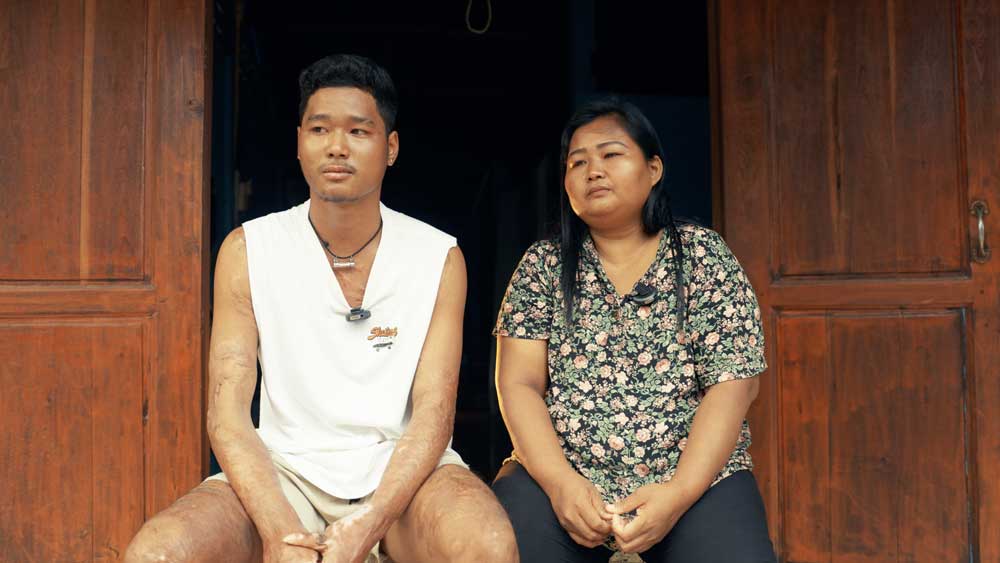
Hnin, the mother of Zin Myo Oo, an underground fighter who suffered severe burns while attempting to detonate mines against the military council army at the end of 2021, said that she is sorry for sacrifices made, but she does not regret them.
“My son was born well, but it’s deeply painful to see what is happening. Sometimes, I think and cry, but I do so in private, with no regrets at all.”
And for those fighting for federalism, they feel little doubt that their dream will be reality.
Nyar Kho, a company commander of the Cobra Column, responded with a smile when asked what he would do next if federalism fails to materialize.
“I see no reason why it shouldn’t happen. If it doesn’t, I will have to continue fighting.”
source : Radio Free Asia
